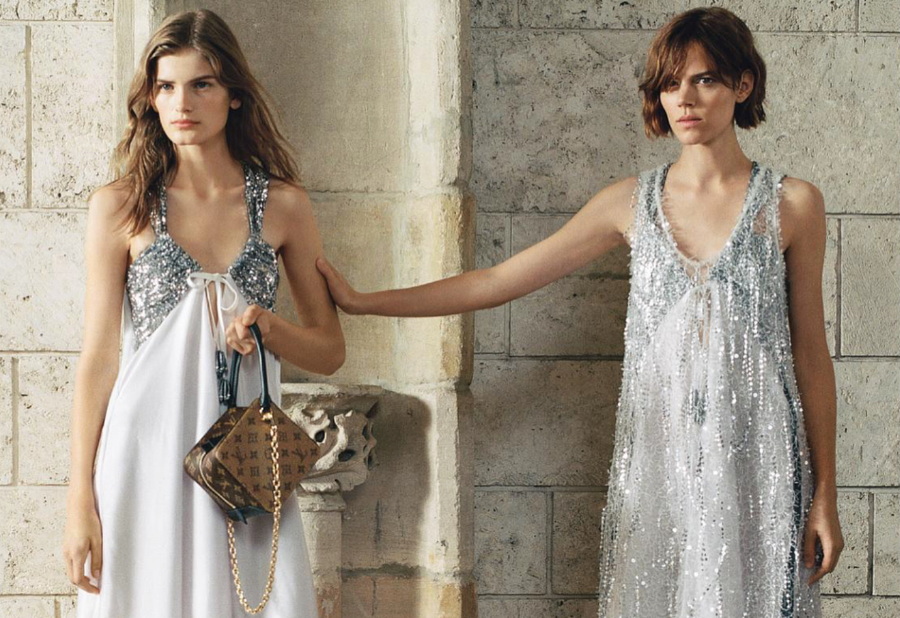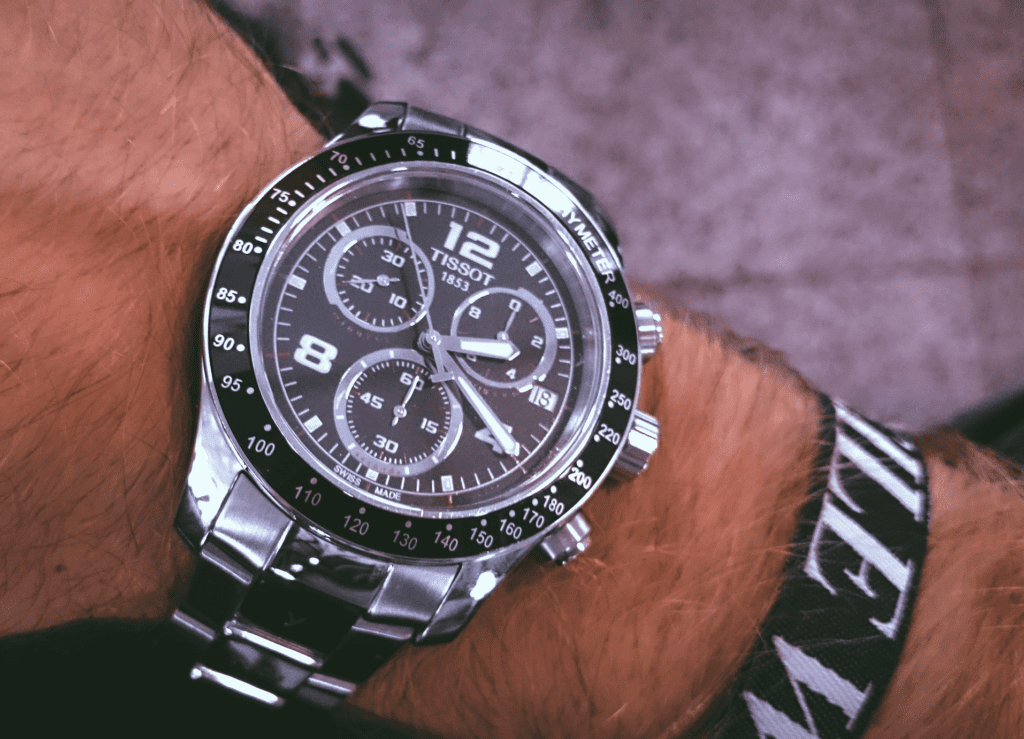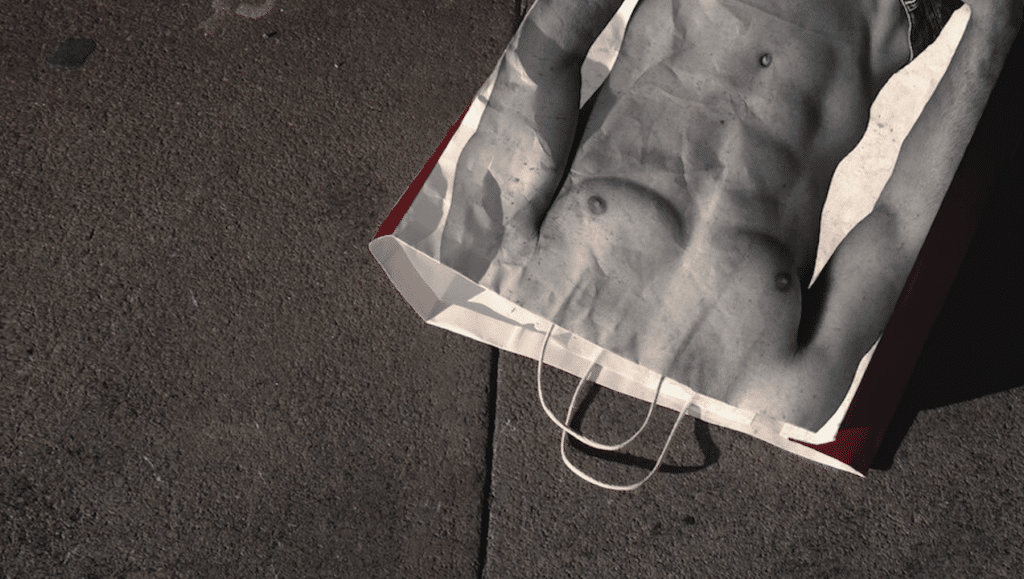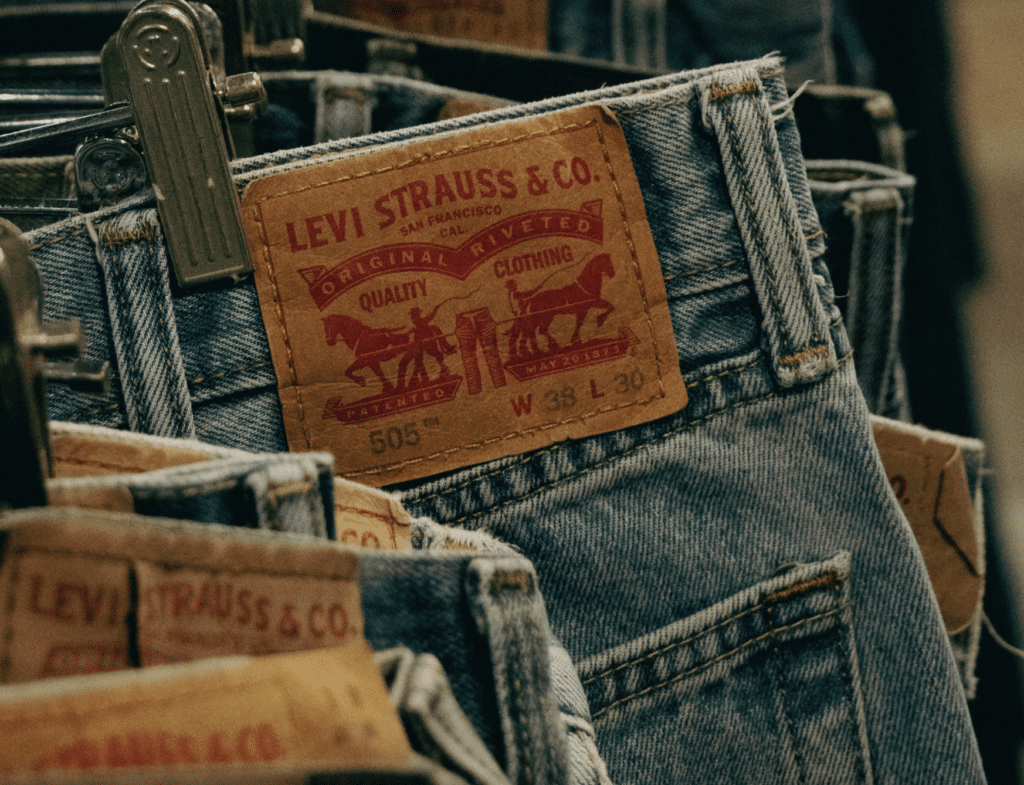
image: Louis Vuitton
My Other Bag (“MOB”) was hoping to land a nearly $1 million payday in connection with the lawsuit that Louis Vuitton filed against it in June 2014, but instead, it has been handed a striking loss. Following its win in October, when the Supreme Court opted not to review the case, New York federal court has held that Los Angeles-based MOB has not made its case to force Louis Vuitton to pay for its legal bills, and in doing so, notably commented on, among other things, Louis Vuitton’s reputation as a “trademark bully.”
Before refusing MOB’s request to get Louis Vuitton to pay up, U.S. District Judge Jesse M. Furman summarized parties’ legal battle, writing: “Louis Vuitton’s claims related to MOB’s production and sale of canvas tote bags parodying Louis Vuitton’s iconic handbags by evoking the classic ‘my other car…’ novelty bumper stickers.” In filing suit, Louis Vuitton alleged that by slapping its federally registered trademarks and cpyrights on inexpensive canvas tote bags, MOB was infringing – and diluting – its intellectual property

Louis Vuitton bag (left) and one of My Other Bag’s totes (right)
The case made its rounds through the courts, with the Southern District of New York court siding with MOB in January 2016, dismissing the case in its entirety (more about that round here), a decision that Second Circuit Court of Appeals affirmed (more about that round here). And despite Louis Vuitton filing a petition for the writ of certiorari – i.e, asking the Supreme Court to hear the case – the Supreme Court later denied Louis Vuitton’s bid for another day in court (more about that round here).
Before the Supreme Court officially declined to take the case, however, MOB sought to have the district court order Louis Vuitton to foot its litigation bill, including its lawyers’ fees and other costs, to the tune of almost $1 million dollars.
Not an Exceptional Case
In order for a party to successfully make a case that its opponent – the losing party – should fork over the funds to cover its legal bills in accordance with the Lanham Act (the U.S. federal trademark statute), it must show that the case was an “exceptional” one. In short: That the case “stands out from other cases with respect to the strength of a party’s litigating position or the unreasonable manner in which the case was litigated.”
In arguing for attorney’s fees, MOB alleged that the case at hand is, in fact, “exceptional … both in its groundlessness and in the manner in which the case was litigated.” In particular, MOB asserted that the case was groundless due to Louis Vuitton’s heavy reliance on Louis Vuitton Malletier, S.A. v. Hyundai Motor Am., a “non-precedential” and “heavily criticized decision” from the Southern District of New York. MOB also argued that Louis Vuitton utilized “bullying tactics” throughout the course of the case, including but not limited to intentionally “multiplying the cost of the litigation by forcing MOB’s counsel to expend more hours defending against groundless motions,”
In his decision, Judge Furman, finding that MOB did not make a successful argument on either ground, states that “[m]ere assertions that a party’s arguments were without merit are generally unavailing; rather, courts are more likely to award fees where a party knew or willfully ignored evidence of his claims’ meritlessness.” Unfortunately for MOB, “The record does not support such a finding about Louis Vuitton or its claims.”
Next, Furman “rejects MOB’s contention that Louis Vuitton litigated this case in an exceptionally vexatious and coercive manner.” In siding with Louis Vuitton, Furman states: “MOB claims that [Louis Vuitton] mischaracterized the deposition testimony of MOB’s principal, Tara Martin; improperly ‘included long passages of argument about the evidence into its response to MOB’s Statement of Material Facts;’ filed separate motions to strike MOB’s fact and expert witnesses; and ‘evaded the Court’s page limits by squeezing extra text into its opposition to MOB’s motion for summary judgment.’”
According to Judge Furman, “Much of this behavior, however, was well within the metes and bounds of acceptable, if aggressive, litigation tactics … It follows that Louis Vuitton’s conduct comes nowhere near qualifying as “exceptional” for purposes of awarding attorney’s fees.”
Louis Vuitton, the Trademark Bully?
Judge Furman does not stop there, though. He goes on to address MOB’s claims – which were also shared by much of the media in their coverage of this lawsuit – that Louis Vuitton is little more than a lawyered-up trademark bully that needs to be stopped. This is, writes Furman, “the strongest argument for awarding MOB attorney’s fees and costs.”
And yet, MOB was unable to persuade Furman, who writes: “As MOB demonstrates, Louis Vuitton’s aggressive efforts to protect its trademarks have, on occasion, veered toward the unseemly, earning it a reputation in some quarters as a ‘trademark bully.’”
“First and foremost, the Court is sensitive to the fact that the law compels trademark owners to police [unauthorized uses of] their marks or risk losing their rights,” holds the judge. “That is, there is good reason for Louis Vuitton to aggressively seek enforcement of its marks.”
Second, “the Court would need a far better record before adding its judicial imprimatur to the ‘trademark bully’ label. That is, given the size and nature of Louis Vuitton’s business, it is no surprise that the company is involved in a lot of trademark litigation. Notably, however, Louis Vuitton has prevailed in much of that litigation.”
Judge Furman continues on to state that “MOB’s ability to cite a few isolated examples of arguable overreach [by Louis Vuitton] — some of which were resolved amicably, no less — does not provide a statistically significant basis to conclude that Louis Vuitton has engaged in litigation abuse on a systemic level.”
And, last but not least (for the trademark-specific fees), Judge Furman speaks to MOB’s repeated argument that by filing infringement and dilution lawsuits like these that Louis Vuitton is creating a “chilling effect,” which serves to dissuade other brands from even thinking about parodying the fashion giant for fear of facing costly litigation.
To this, Furman writes, MOB’s “conclusory aspersions regarding Louis Vuitton’s motives aside, MOB does not point to any concrete evidence suggesting that Louis Vuitton was solely, or even primarily, motivated in this case by an improper desire to chill parody or stamp out a smaller competitor.” (Note: The definition of “aspersion” is … an attack on the reputation or integrity of someone or something).
Finally, as for MOB’s request for attorney’s fees based on Louis Vuitton’s copyright infringement claims – for which such an award is at “the discretion of the court,” as guided by the “factors cited by the Supreme Court in Octane Fitness: frivolousness, motivation, unreasonableness, and the need for compensation and deterrence” – Furman held, in short, that “the Court cannot say that Louis Vuitton’s arguments were frivolous or baseless” and that “Louis Vuitton’s copyright claim was not so weak as to render its pursuit exceptional.”
The end.











